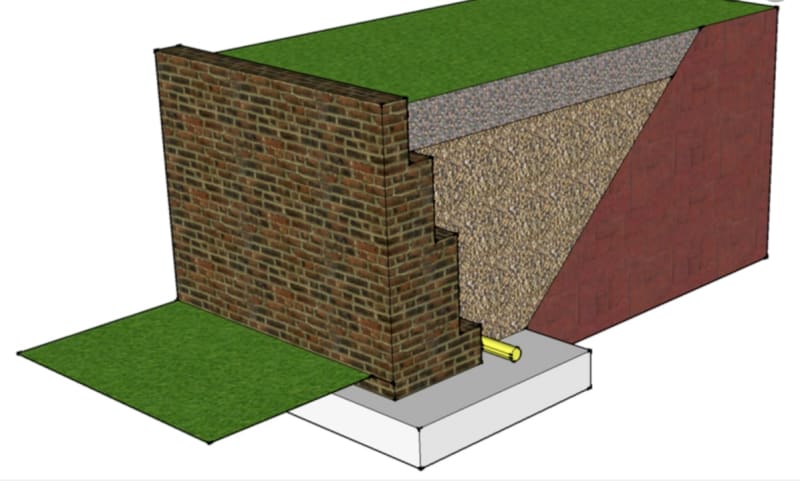Nick4861
Civil/Environmental
- Aug 2, 2022
- 2
Can anybody help me? I have been supervising a site that has retaining walls. The ends of the retaining walls occasionally end/meet at existing buildings i.e. garage/house.
I can not find any info anywhere regarding if the wall should be tied into the building.
Any info or guidance that could be provided would be greatly appreciated.
I have added a diagram to show basic design of the the wall.

I can not find any info anywhere regarding if the wall should be tied into the building.
Any info or guidance that could be provided would be greatly appreciated.
I have added a diagram to show basic design of the the wall.


![[pipe] [pipe] [pipe]](/data/assets/smilies/pipe.gif)
